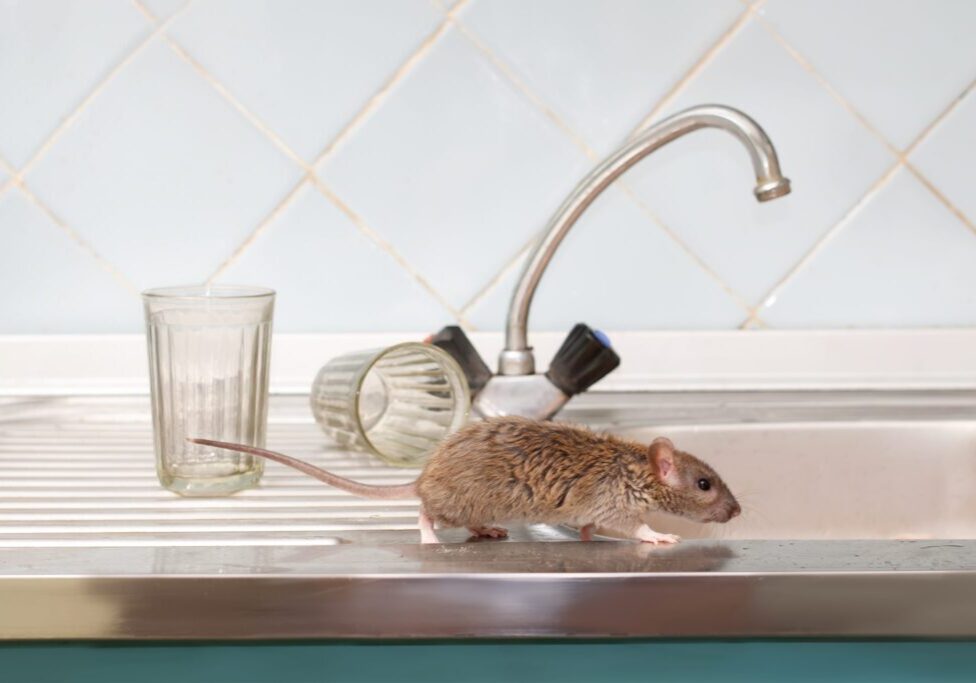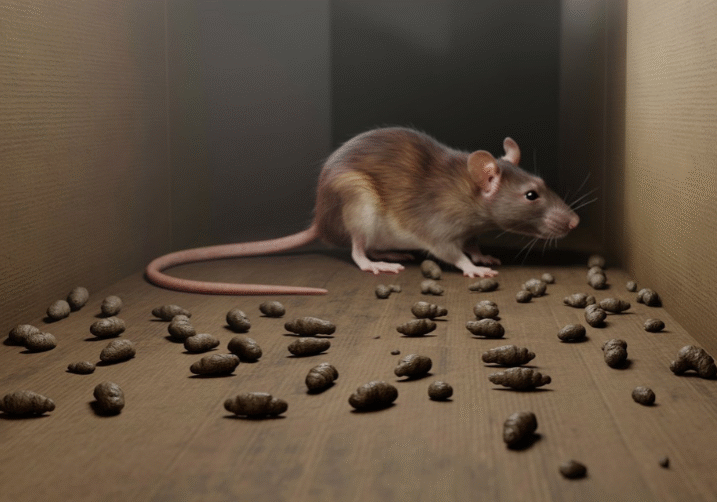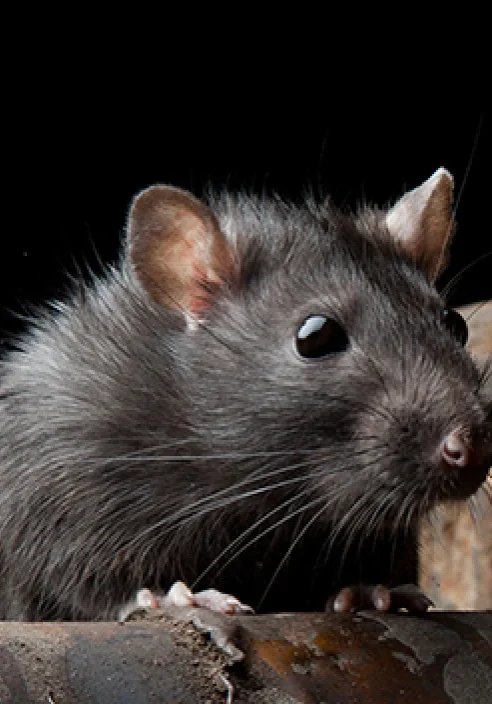
MIDDLE TENNESSEE RAT AND MICE TRAPPING AND REMOVAL
There is nothing more disturbing than being in the peace of your own home and hearing some kind of creature scratching in your walls, scratching in the attic or seeing a rat or mouse scurrying away in the kitchen or any room in your home or business.
At Trapper Jack, our priority is your peace of mind and the safety of your family. We aim to completely handle your rat problem, once and for all. We want to do it right, the first time!
We’re a 28 year old company who serves both families and businesses for their animal removal needs, including rat trapping and mouse trapping in the Middle Tennessee area.
At Trapper jack Wildlife Specialist, you can count on us when it comes to catching and excluding furry pests such as rodents, as well as other urban wildlife at the lowest possible cost with the highest possible quality.
If you’re in need of humane mouse or rat trapping, call us today at 615.469.6000.
A Middle Tennessee Wildlife Removal Company Fast To Fish Out Unwanted Guests
In the United States alone, rats cause roughly $20 billion in damages yearly. That’s nearly twice as large as the entire economy of the Bahamas! Cities are a huge part of this problem, when there is a large number of people and homes concentrated in a small area, it’s a huge benefit for rats. These social animals love to be around free food and people, and those living in cities or even rural towns are potentially in a rat’s way. While these little guys don’t seem to pose much damage at first glance, there’s a lot more happening behind the scenes. Continue reading below for the potential damage that rats can cause.
Rodent Control And Rat Extermination
Nobody asks for rats or mice to visit their home or office space. Here in Middle Tennessee, mouse removal, rat removal and rodent extermination are common requests, since homes and offices are a plentiful source of food, water and shelter.
For sanitary reasons, mice and rats should be captured as soon as possible so that you can experience peace of mind knowing that your house or office is rodent-free. A professional, licensed technician from Trapper Jack is the best solution to your rodent issues. So if you are wondering how to get rid of rats or how to get rats out, you are in the right place!
A DEEPER LOOK AT THE DAMAGE CAUSED BY RATS…
Health Hazards
Rats are notoriously pathogenic creatures, carrying diseases and harmful pathogens which can spread. There is one called hantavirus, another is rat-bite fever, the plague, you name it. And rats likely spread them. While the rats themselves can spread these diseases, their feces and urine pose an even higher risk of danger. After all, you will probably notice rats much more easily than their half-inch droppings.
Electrical Risks
Nearly 20% of undetermined fires in the US are thought to have originated from rodent damage, so this problem is much more common than one might think. If you wonder how that’s even remotely true, rats continuously need to file their long teeth down. Wires are a plentiful source of biting material, usually thin enough for rats to fit their mouths around and chomp away.
If rats can fit their mouths on something, they’ll bite at it, causing potential electric issues, fire damage, shocks and more. So it’s very important to proactively look for wire damage since these exposed copper strands are what can be the source of electrical outages, electrocution of family members, pets or workers, disconnect key power and more.
Structural Issues
While rats are usually quite little, they can also cause a few structural issues. Rodents don’t care where they make their homes; they’ll often crawl into walls, ceilings, attics, insulated spaces and beyond. In many cases, this could result in them slowly chewing through important foundational areas or supports.
Structural beams, flooring and ceilings are all at risk of either caving or falling in, thanks to rats. In addition to the danger this poses for you, the damage left behind can leave entry spaces for other pests. When this happens, the problem moves from exclusively a rat problem to a much more complicated situation.
Item Damage
Rats often damage both important and unimportant aspects of your property. Bedding, heirlooms, your favorite stuffed animal; they’re all at risk. While home entry points and structural points are the most likely damage, rats will also ravage many other items in their path. These little rodents will chew on nearly anything, so you may need to replace common items on top of it.
This also includes food, a convenient “bonus” for rats that attracts and keeps them around. Nearby food will naturally attract rats, but it can also result in both the loss of food in the open and in storage. Rats leave behind feces, urine and hair when moving about your property, including within and around your food. If that weren’t enough, rats will chew past the food, eating everything from plastic containers to wood, paper and more! There’s a lot that could go wrong.
With these damages in mind, it’s important to protect you and your property from rats. Otherwise you may have some dirty, new freeloaders on your hands! Trapper Jack services homes and businesses within the Greater Nashville area and our team will happily solve your rat problem. These animals can be incredibly dangerous and damaging if left alone, but we will quickly get to work and remove the entire issue.





